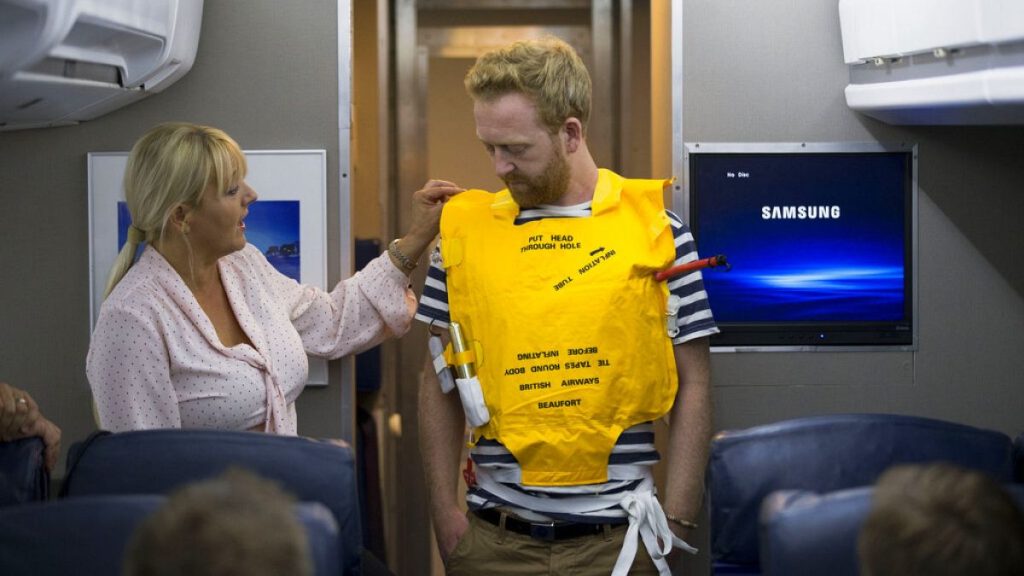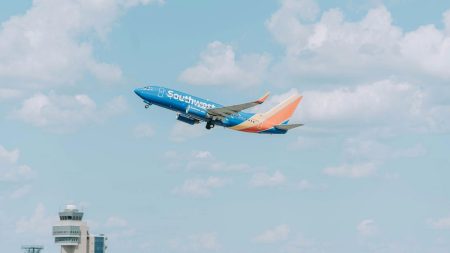The recent air tragedies of 2024, including the Azerbaijan Airlines crash in Kazakhstan and the Jeju Air crash landing in South Korea, have understandably shaken public confidence in air travel. These incidents, coupled with earlier events such as the Japan Coast Guard helicopter crash and the Boeing aircraft incident in Portland, contributed to a higher number of fatalities in 2024 compared to recent years, making it the deadliest year for aviation since 2018. Despite these tragedies, it’s crucial to understand the broader context of aviation safety.
While 2024 witnessed a concerning rise in accidents, it’s important to remember that 2023 recorded zero commercial jet fatalities, demonstrating the overall trend of increasing safety in air travel. The aviation industry transported billions of passengers worldwide, and until the recent incidents, 2024 was on track to mirror the previous year’s impressive safety record. Data supports this assertion: studies by MIT show a significant decline in the risk of air travel fatalities over the past decades. The probability of dying in a plane crash remains incredibly low, highlighting the continued improvement in aviation safety.
Human error remains a significant contributor to aviation accidents, accounting for a substantial portion of incidents. Pilot error, in particular, is often identified as a leading cause, while mechanical failures contribute to a smaller percentage of accidents. Research has pinpointed takeoff and landing as the most critical phases of flight, with a higher likelihood of incidents occurring during these periods. Both the Jeju Air and Azerbaijan Airlines crashes occurred during landing, although preliminary findings suggest a complex interplay of factors contributed to these tragedies.
The Jeju Air incident, involving a bird strike and landing gear malfunction, highlights the complexity of accident investigations. A thorough analysis of various contributing factors, including the bird strike, landing gear issues, and flap deployment, will be essential in determining the precise cause. Similarly, the Azerbaijan Airlines crash, potentially caused by being struck by Russian air defenses, underscores the risks associated with flying over conflict zones. The incident recalls the tragic downing of Malaysia Airlines flight MH17 in 2014, emphasizing the importance of avoiding such airspace.
While the investigation into both crashes is ongoing, these events serve as stark reminders of the potential hazards and underscore the need for continuous improvement in aviation safety protocols. Recommendations following these investigations will likely focus on mitigating the identified contributing factors, enhancing aircraft systems, and further improving pilot training and procedures. The recovery and analysis of the flight data recorders and cockpit voice recorders, commonly referred to as “black boxes,” will provide critical insights into the events leading up to the crashes, allowing investigators to piece together a comprehensive understanding of what transpired.
Despite the grim nature of these accidents, every incident contributes valuable lessons to enhancing safety in the future. The aviation industry has a strong track record of learning from past tragedies and implementing necessary changes to prevent similar occurrences. From upgraded air traffic control systems following the 1956 Grand Canyon mid-air collision to fuel system modifications after the TWA Flight 800 explosion, each incident has led to crucial improvements. The creation of the TSA after 9/11 and the implementation of real-time aircraft tracking after the disappearance of MH370 further exemplify this proactive approach to safety enhancement. The ongoing investigations into the 2024 accidents will undoubtedly yield valuable insights and contribute to future advancements in aviation safety, ensuring continued improvement in the industry’s safety record.














